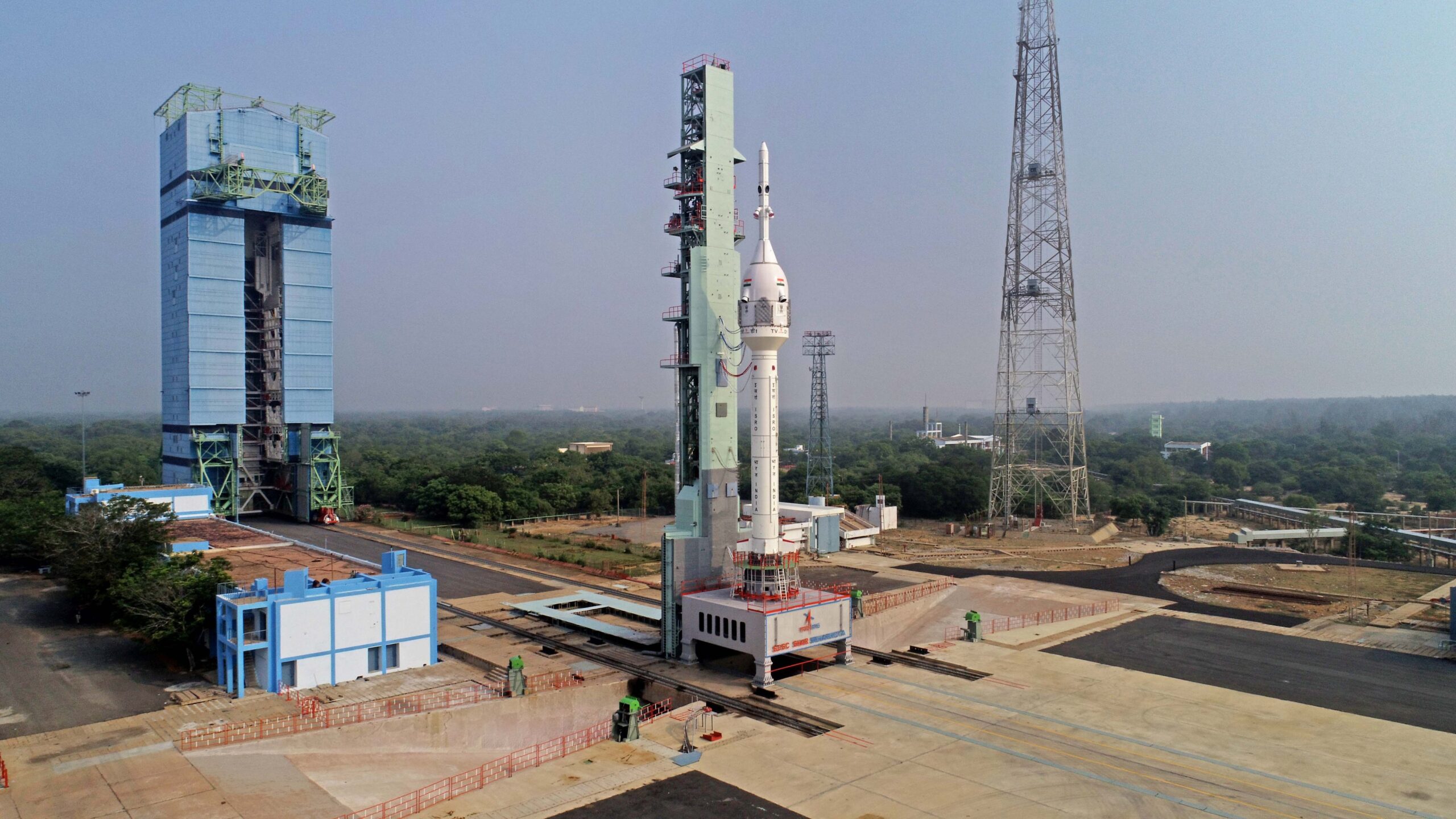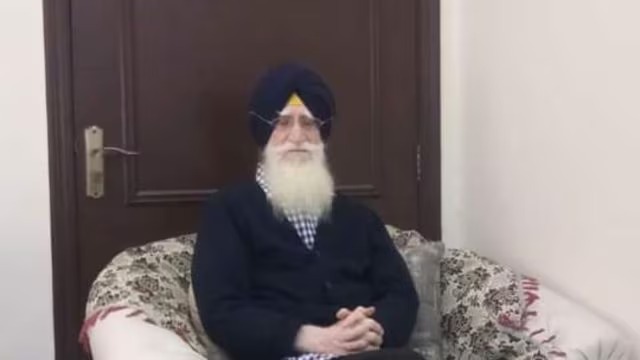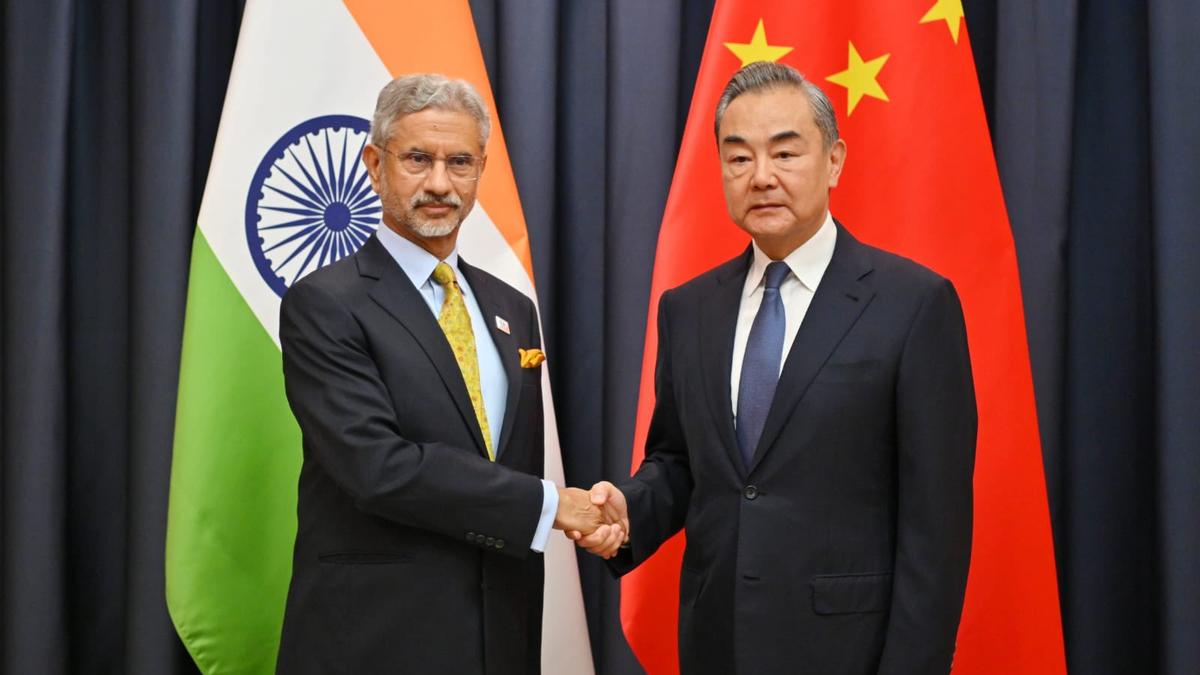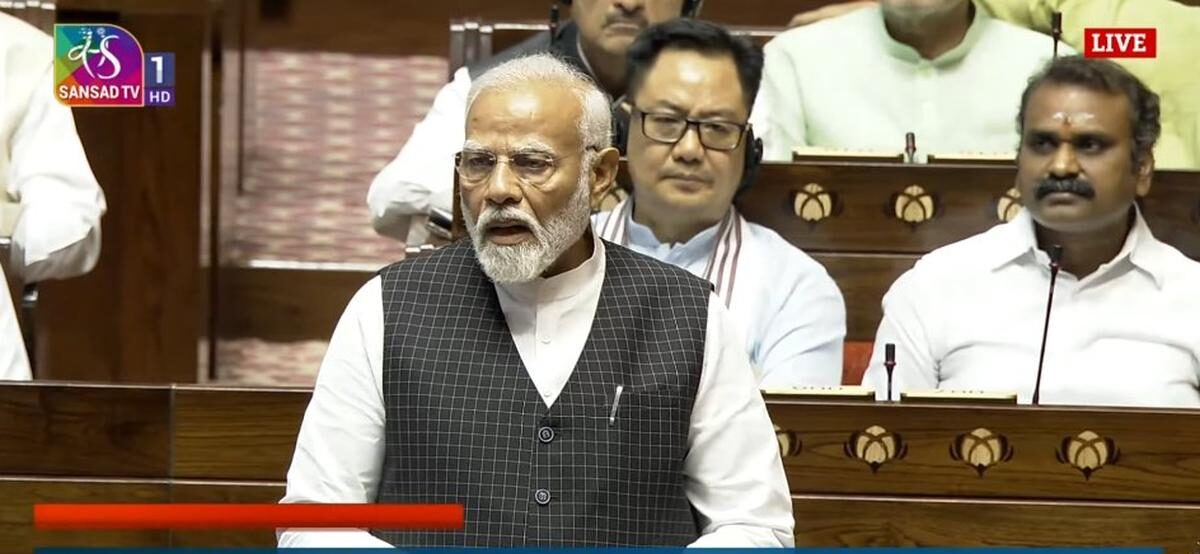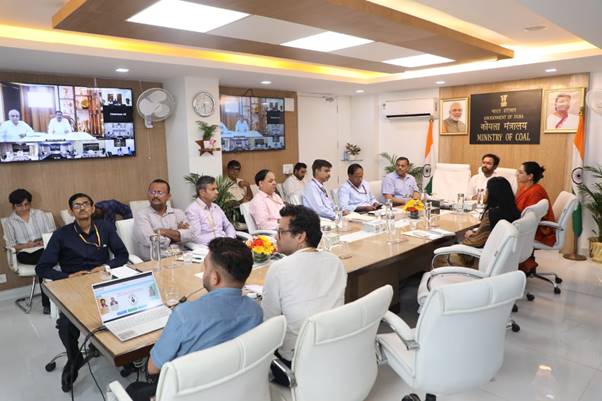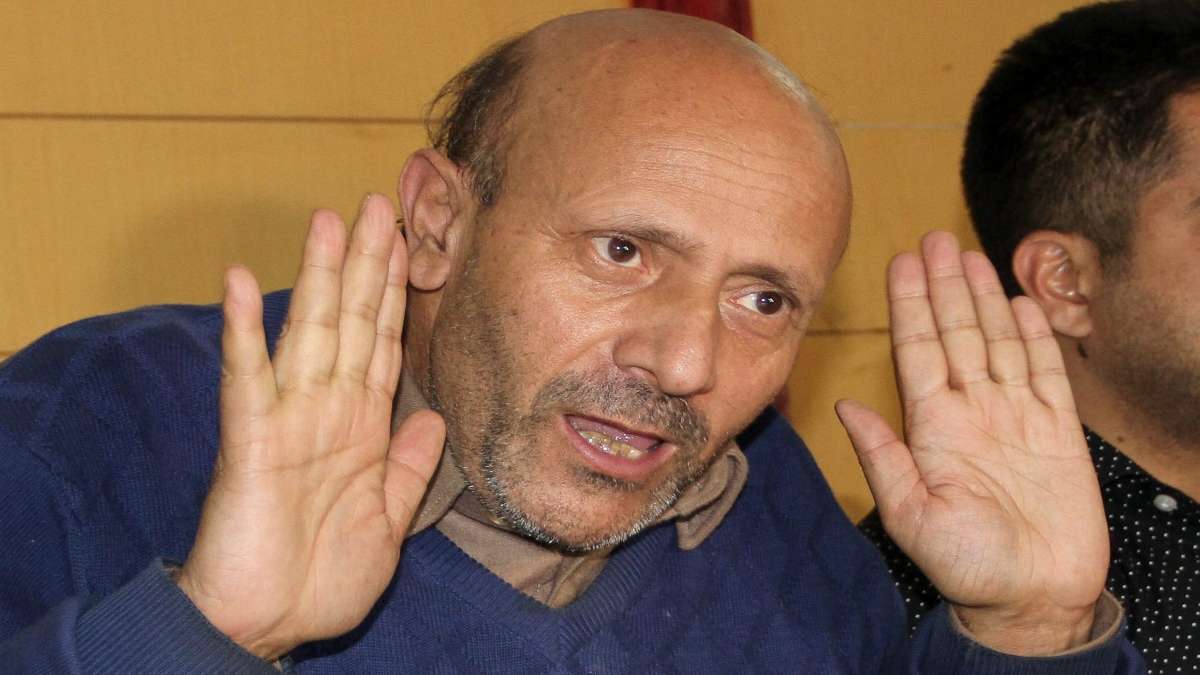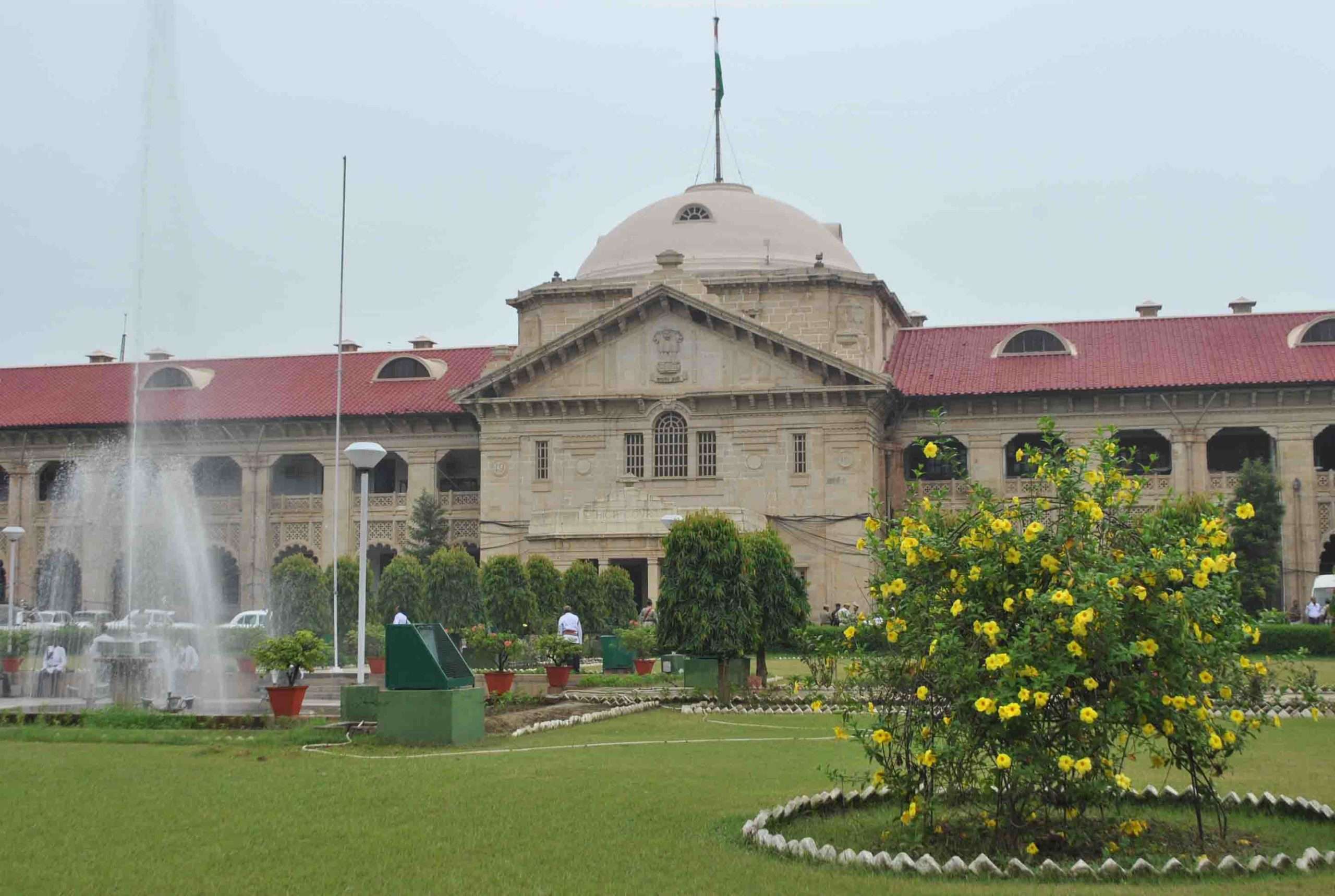The Indian Space Research Organisation (ISRO) on Saturday conducted a successful Test Flight Abort Mission for the Gaganyaan mission, following an initial test flight that had to be aborted at 8:45 a.m. due to an issue with engine ignition.
The space agency promptly identified and rectified the errors, allowing for a second launch attempt, which was scheduled for 10:00 a.m. today.
This Flight test vehicle Abort mission is conducted to demonstrate the performance of the Crew escape system as part of the Gaganyaan mission.
ISRO Chief S Somanth said the planned lift off the TV-D1 rocket could not happen following an anomaly that will be analysed.
He said that the engine ignition of the TV-D1 rocket did not happen over time. The ISRO then said that the errors have been identified and corrected and the second launch was scheduled for 10:00 a.am. today.
At 10 a.m., ISRO successfully launched the test vehicle from Sriharikota today. Chairman Somanath expressed happiness and said, “I am very happy to announce the successful accomplishment of Gaganyaan TV-D1 mission”.
“This is like a never before attempt. It is like a bouquet of three experiments put together. We have now seen the characteristics of all three systems with what we wanted to test through this experiment or this mission. The test vehicle, the crew escape system, the crew module everything, we have perfectly demonstrated in the first attempt. We had been at penance for the last 3 to 4 years and the D day was today,” TV D1 test flight mission director S Sivakumar said.
The mission objectives of the TV-D1 launch are: Flight demonstration and evaluation of Test Vehicle subsystems; flight demonstration and evaluation of Crew Escape System including various separation systems; crew module characteristics; and deceleration system demonstration at higher altitudes and its recovery.
The Test Vehicle is a single-stage liquid rocket developed for this abort mission. The payloads consist of the Crew Module (CM) and Crew Escape Systems (CES) with their fast-acting solid motors, along with CM fairing (CMF) and Interface Adapters. This flight simulated the abort condition during the ascent trajectory corresponding to a Mach number of 1.2 encountered in the Gaganyaan mission.


